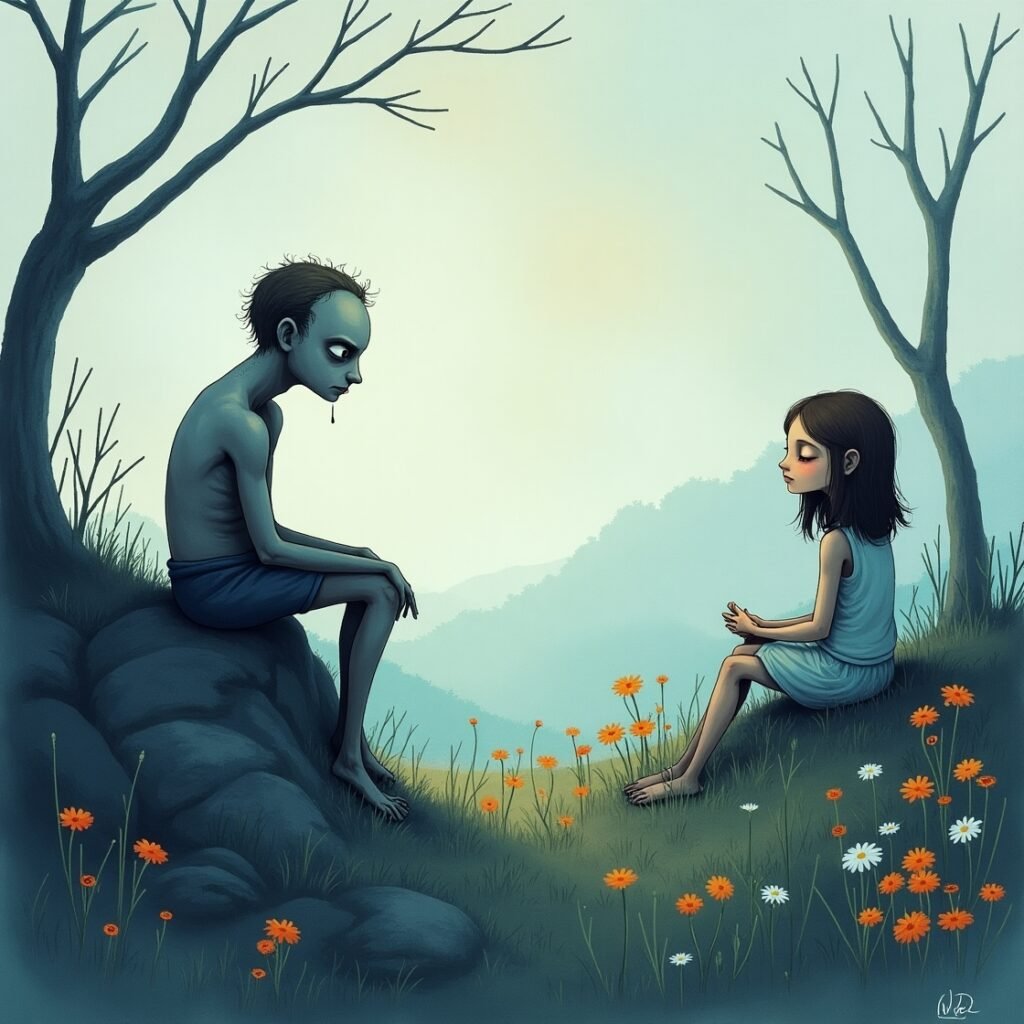
Loneliness vs. Solitude: Learning the Difference and Why It Matters
In today’s hyperconnected world, where a single tap brings us into a whirlpool of conversations, memes, and media, loneliness feels like a paradox. You’re surrounded—virtually at least—yet something feels missing. Interestingly, that very feeling has become so common that we rarely stop to ask: is it really loneliness we’re feeling? Or is it solitude in disguise? Understanding the difference between the two is not just important—it’s essential to our emotional well-being.
Let me take you back to a moment from my early 20s. I was living in a new city, starting a new job, with no familiar faces around. On paper, it looked like I was alone. And I was. But strangely, I didn’t feel lonely. In fact, I felt more in tune with myself than ever. That’s when I first realized the subtle, yet powerful difference between being alone and feeling lonely.
What is Loneliness?
To begin with, loneliness is a state of mind. It’s the emotional discomfort we feel when there’s a gap between the social connections we desire and the ones we have. Importantly, you can be in a room full of people and still feel lonely. It’s not about the number of friends you have or the frequency of social events on your calendar—it’s about the depth and quality of those interactions.
For instance, during college, I had a large group of friends. We partied, we laughed, and we shared countless memories. However, there were nights I lay awake feeling isolated, misunderstood, and emotionally disconnected. That’s loneliness.
What is Solitude?
On the other hand, solitude is a chosen state. It’s when you deliberately seek out alone time—not to isolate yourself, but to reconnect with your inner world. Think of it as recharging your emotional and mental batteries. Unlike loneliness, solitude is often refreshing and rejuvenating.
Take my weekend routine, for example. Every Sunday morning, I head to a nearby park, sit under a tree with my journal and a coffee, and just breathe. There are no notifications, no noise—just me. That’s solitude. And it’s beautiful.
Why We Confuse the Two
Understandably, in a culture that glamorizes constant connection, choosing to be alone often gets mistaken for being lonely. Additionally, when we’re not taught to enjoy our own company, solitude can initially feel uncomfortable. Therefore, it’s easy to fall into the trap of thinking that being alone is a problem to be solved rather than an experience to be embraced.
Moreover, social media has blurred the lines even further. Seeing everyone’s curated highlight reels can trigger a fear of missing out, making us question our solitude. Yet ironically, the people behind those perfect posts might be battling intense loneliness themselves.
The Power of Solitude
Solitude gives us space to think, to feel, and to simply be. In that silence, we often hear the loudest truths. Many of my best ideas, breakthroughs, and healing moments have emerged during solitary walks or quiet mornings. Furthermore, it’s in solitude that I’ve learned to love myself more deeply, to trust my intuition, and to understand what truly matters to me.
Also, solitude enhances creativity. History is full of artists, writers, and philosophers who embraced solitude as a means of unlocking their genius. For instance, from Thoreau’s time at Walden Pond to Virginia Woolf’s belief in a “room of one’s own,” solitude has long been seen as fertile ground for self-expression.
Navigating Loneliness
That said, loneliness is not something to be ignored. It can be a signal, pointing us toward unmet emotional needs. When I feel lonely these days, I try to pause and reflect: Am I craving connection, or am I just uncomfortable being with myself? Often, that clarity alone shifts my perspective.
To combat loneliness, it’s crucial to build meaningful relationships. Start by being vulnerable with a friend. Then, join a community with shared values. Or volunteer your time. More importantly, be present. Real connection thrives on genuine presence, not just physical proximity.
Turning Loneliness Into Solitude
Interestingly, one of the most powerful things I’ve learned is that loneliness can be transformed into solitude. It’s all about mindset. Instead of resisting the silence, lean into it. Rather than filling the void with noise, explore what that emptiness is trying to tell you.
When I shifted my thinking, my world changed. Nights that once felt hollow became opportunities for self-reflection and creativity. Mornings that used to feel lonely started to feel peaceful and grounding.
Practical Ways to Embrace Solitude
- Create rituals – Light a candle, brew tea, or play calming music to make your alone time feel intentional.
- Journal – Writing helps untangle thoughts and provides emotional clarity.
- Disconnect to reconnect – Turn off your phone for an hour each day to be truly present.
- Engage in solo hobbies – Painting, reading, gardening—activities that nourish your soul.
- Mindfulness or meditation – These practices help you stay grounded and present in your own company.
A Gentle Reminder
If you’re reading this and feeling the sting of loneliness, know that you’re not alone. It’s okay to crave connection. It’s okay to want to be seen, heard, and held. We all do. However, don’t forget that the most important relationship you’ll ever have is the one with yourself.
In learning to differentiate between loneliness and solitude, you gain a powerful tool. As a result, you start to build a life where being alone doesn’t scare you—it empowers you. And in that sacred space of solitude, you might just discover the parts of yourself you’ve been looking for in others.
Because sometimes, the connection you’re seeking isn’t out there. It’s right here, within you.
Check my previous article-https://jnanasya.com/reclaim-your-focus-the-truth-about-dopamine-traps/
Check out this video-https://youtu.be/G0CHBTPxRNE?si=ivU0tIzDg4LMC5yH

Leave a Reply